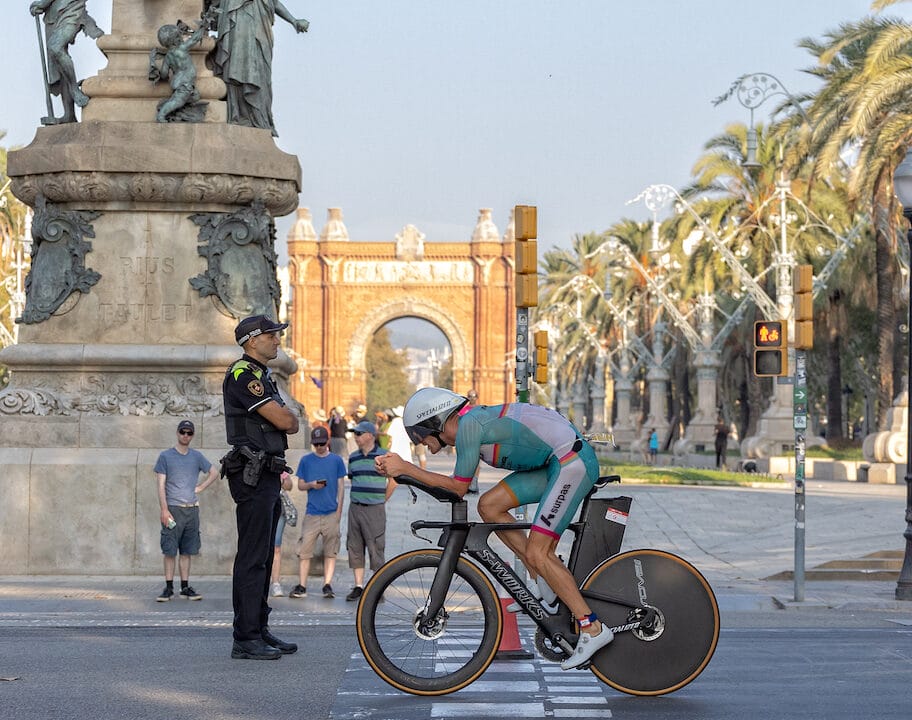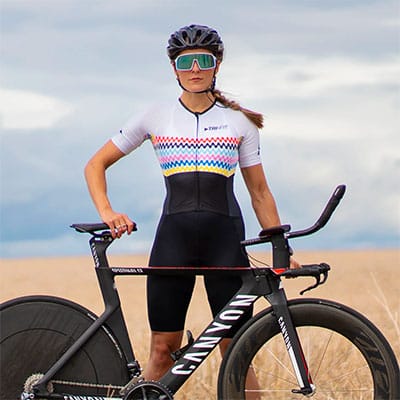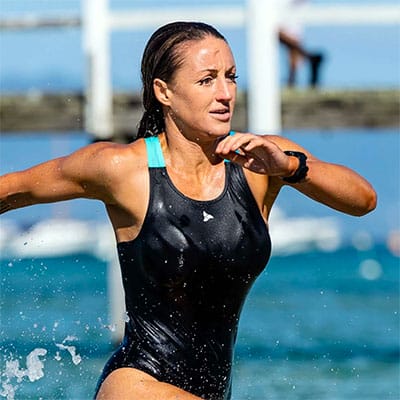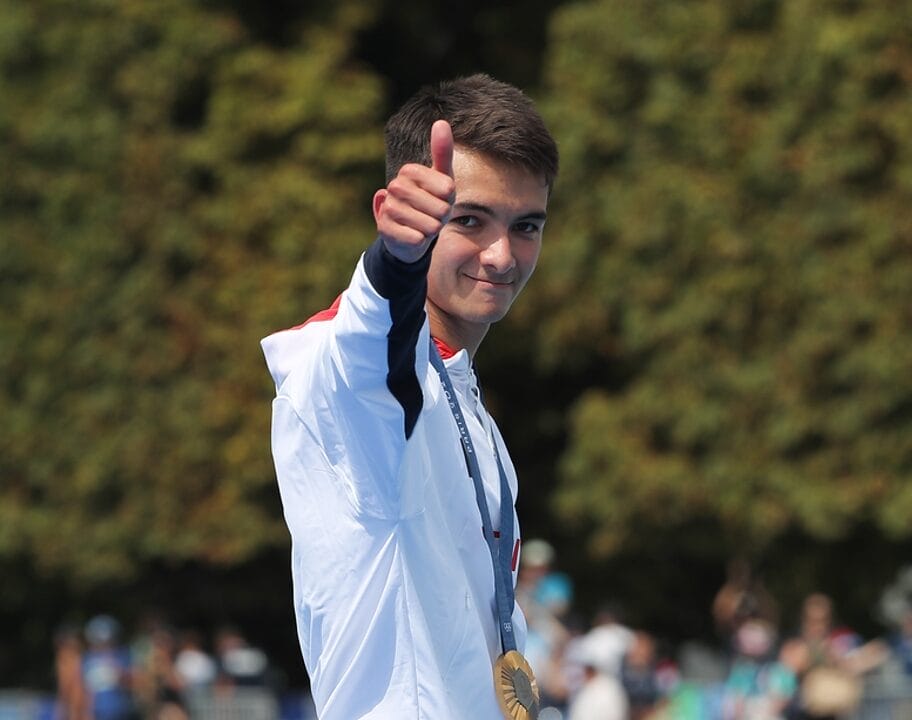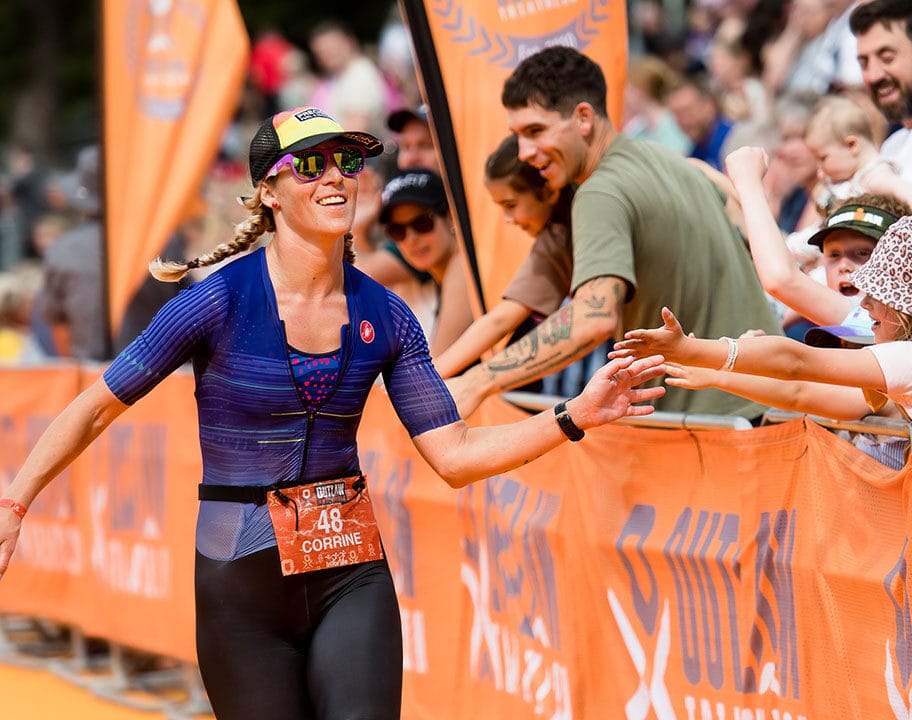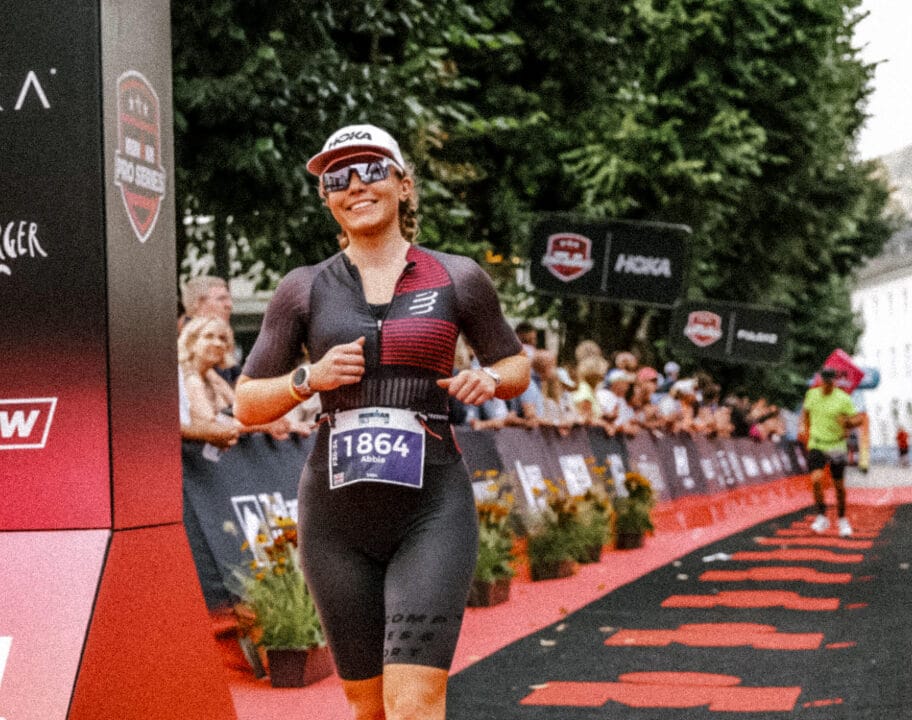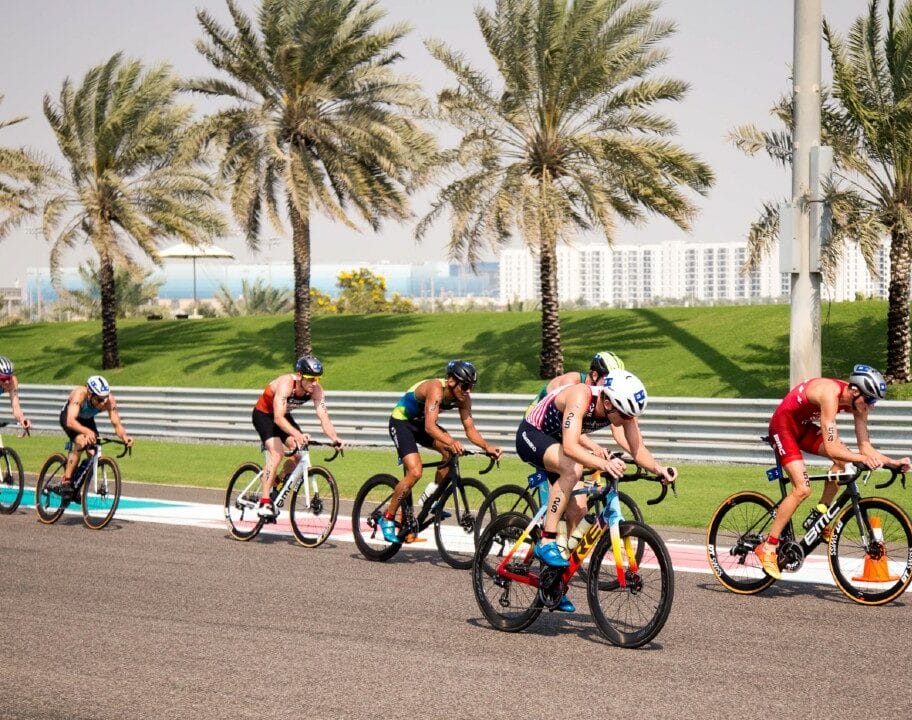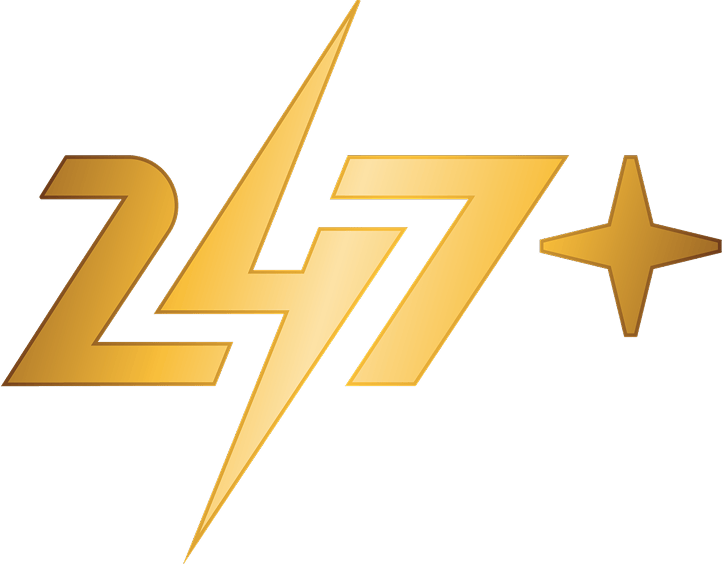As the dust settles after the recent announcement that both the men and women will be racing on the same day in Kona at next year’s IRONMAN World Championship, one of the burning questions has been how that will play out for age-group qualification slots.
IRONMAN’s press release stated there will be “nearly 3,000” places available – but how will they be distributed between men and women?
In many quarters there will be the expectation that it will be nearly 1,500 for the men and the same number for women, given the men and women do not compete against each other.
But – and this is a big but – the make up of full-distance Ironman races is currently skewed 80% men, 20% women, so a thorny question for CEO Scott DeRue and his team to answer.
‘Mostly proportionate’
We sat down with him on April 30th to talk it through, starting with the overall numbers – and since then IRONMAN have reiterated that they are continuing to listen to the community and will share updates on an ongoing basis.
“It says ‘nearly’ 3,000, and that was very intentional,” DeRue told us. “And that’s because we have not finalised the specific number. That number will be somewhere between 2,500 and 3,000. And I expect for 2026, it’ll probably be roughly in the middle.
“And in the release, what we say those places will be mostly proportionate.
“What we need to reference at this point are initiatives we are working on which allow us to make investments in the growth of the sport and building the community in a way that hopefully 10 years from now, 20 years from now, the likes of ‘Women for Tri’ will mean we have many more women in the sport and that’s really fuelling some of the growth.
“So ‘mostly’ proportionate,” he underlined, clarifying that there will be dispensation for extra spots where deemed most beneficial.
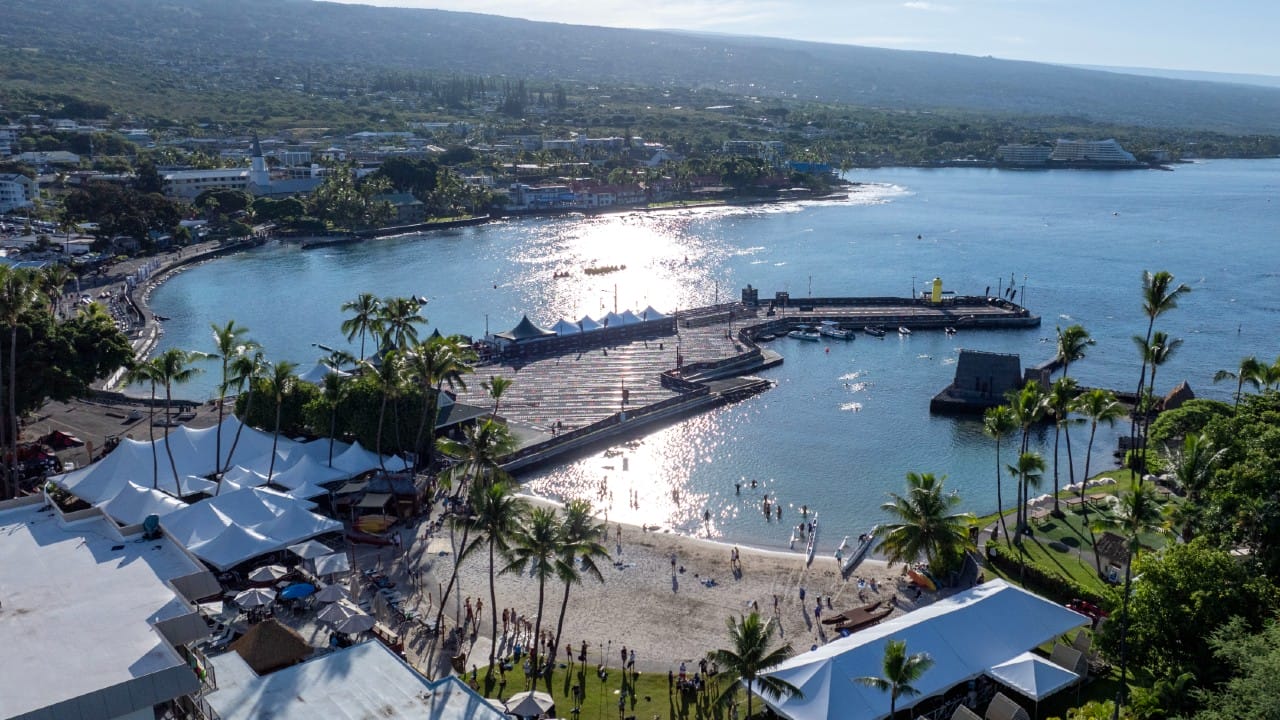
Women split 50/50
And in terms of the process to get to this point, DeRue added: “So how we came to the decision was the voice of the athlete. We asked the athletes and, maybe not surprising to any of us, most men prefer proportionate.
“But interestingly, women, and remember we surveyed well over 10,000 people, were split exactly 50/50 on whether or not it should be proportionate versus equal. We didn’t give options between proportionate and equal because there’s all sorts of permutations that you could do. But we wanted to understand where the community was at between these sort of two binary options. And women were exactly 50/50, men were overwhelmingly in favour of proportionate.
“And so that was an important input. The other important input is the question of how we want to think about equity or equality in the sport.
“Because as you know, 20% of starters at Ironman races around the world are women, 80% are men. So let’s just use rough numbers. If there are 50,000 Ironman athletes in a given year, that’s 10,000 women and 40,000 men.
“I’m just using the basic math of this. If you make it equal slots, the likelihood of earning a slot as a woman is about 15%, maybe a little less.
“And the likelihood of earning a slot if you’re a man is less than 4%. Now, again, I’m not saying that’s the reason for proportionate, but it’s an important input to the decision.
“At the same time, we really want to grow the sport and we see growing women participation in the sport as a big part of that. So that’s why, in parallel to doing some of this World Championship research, we’ve also been doing a lot of research on women endurance athletes to understand what’s going to move the needle.
“And I talked about the entry points earlier and I think that’s a really important consideration. But what we found is it wasn’t the World Championship that was inspiring more women to get into the sport. It was more those entry points.
“But if we’re getting to a point where at some of these rolldowns, we’re offering it to anyone, that’s not a World (age-group) Championship at that point.
“And so all of those factors, not any single one of them, but all of those factors and especially the voice of our athletes were important considerations as we thought about that mostly proportionate approach.
“And we’ll continue to collect that information and that feedback. And the beauty of being in our position is we can always evolve it in the future.”
So what we know for now is based on IRONMAN’s research – which also suggests World Championship slots aren’t the thing that’s going to move the needle to get women into the sport – slot allocation will be mostly proportionate.
That makes those initiatives to get more women on start lines all the more important so the proportionate split naturally then becomes more equal.






